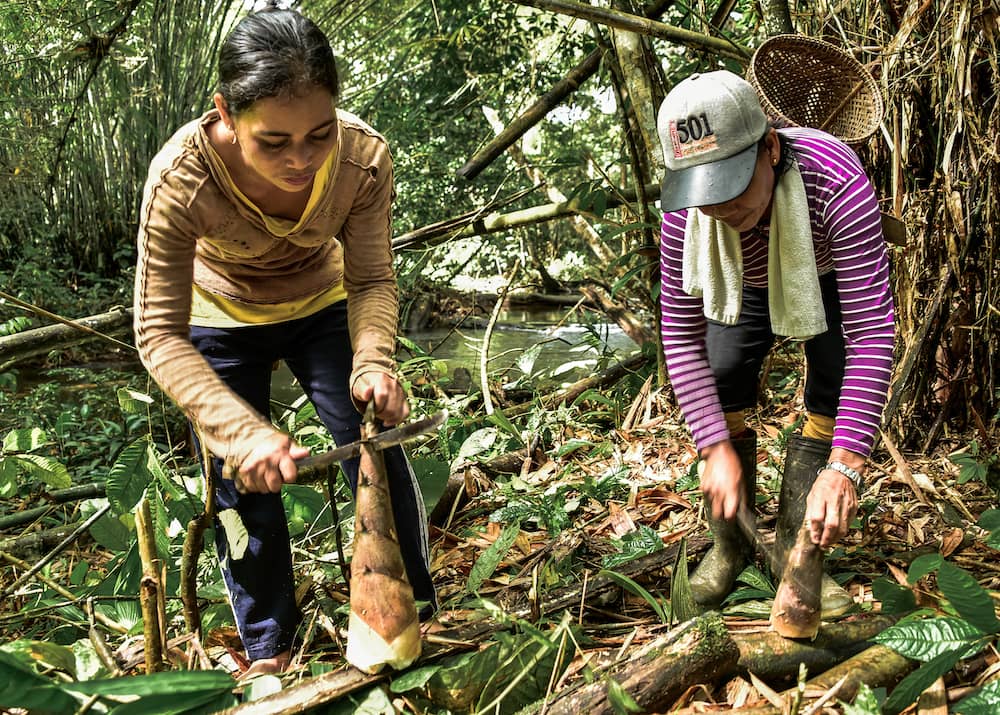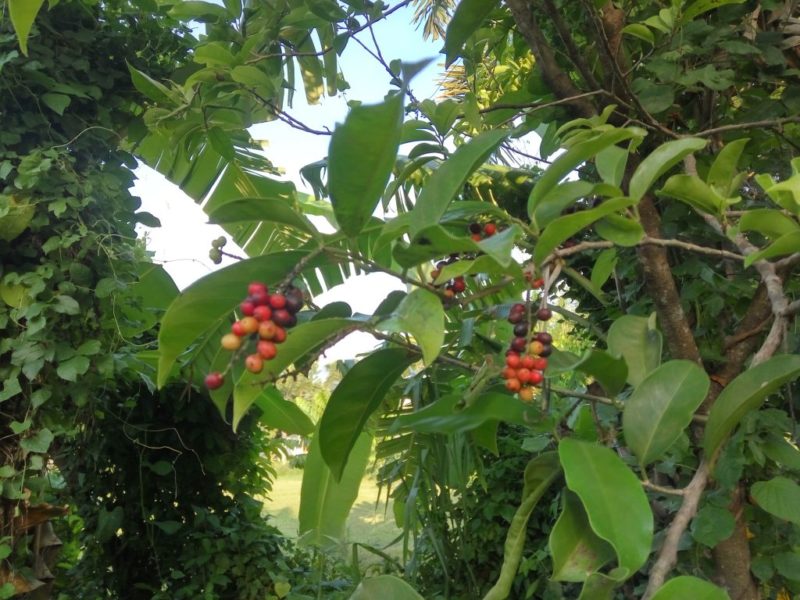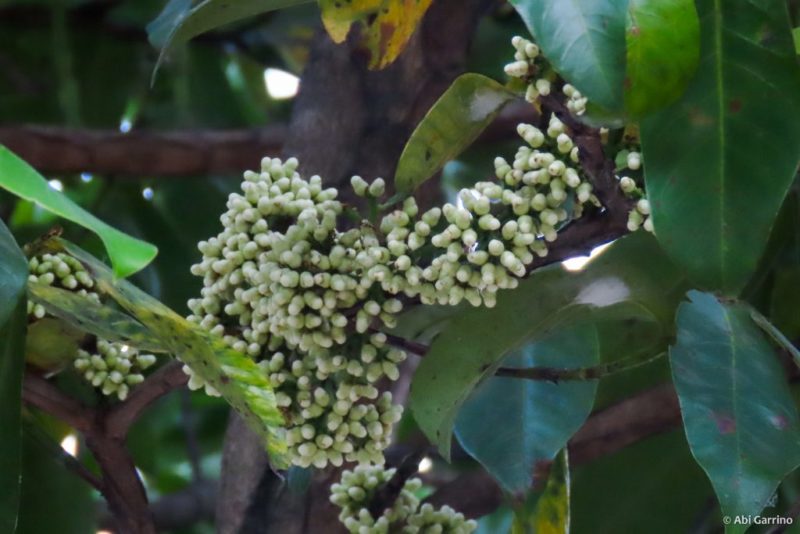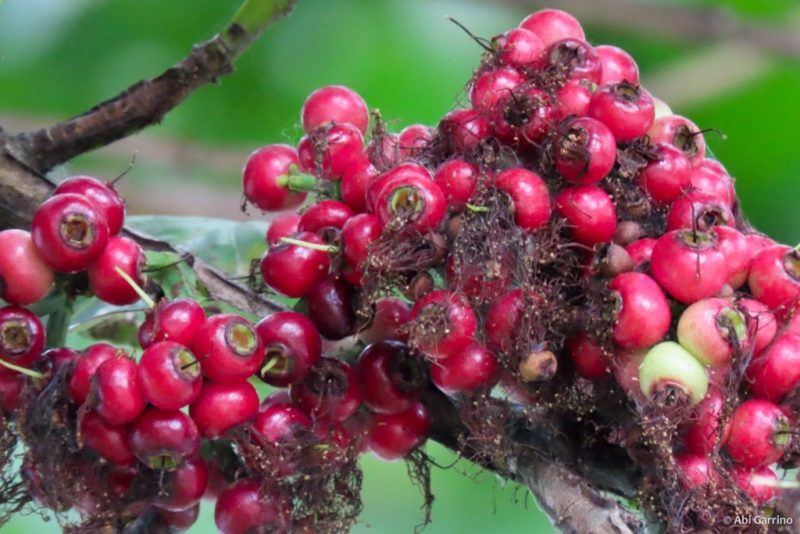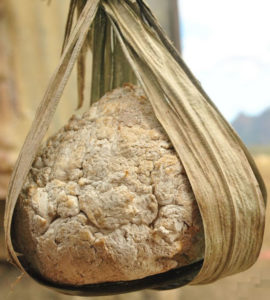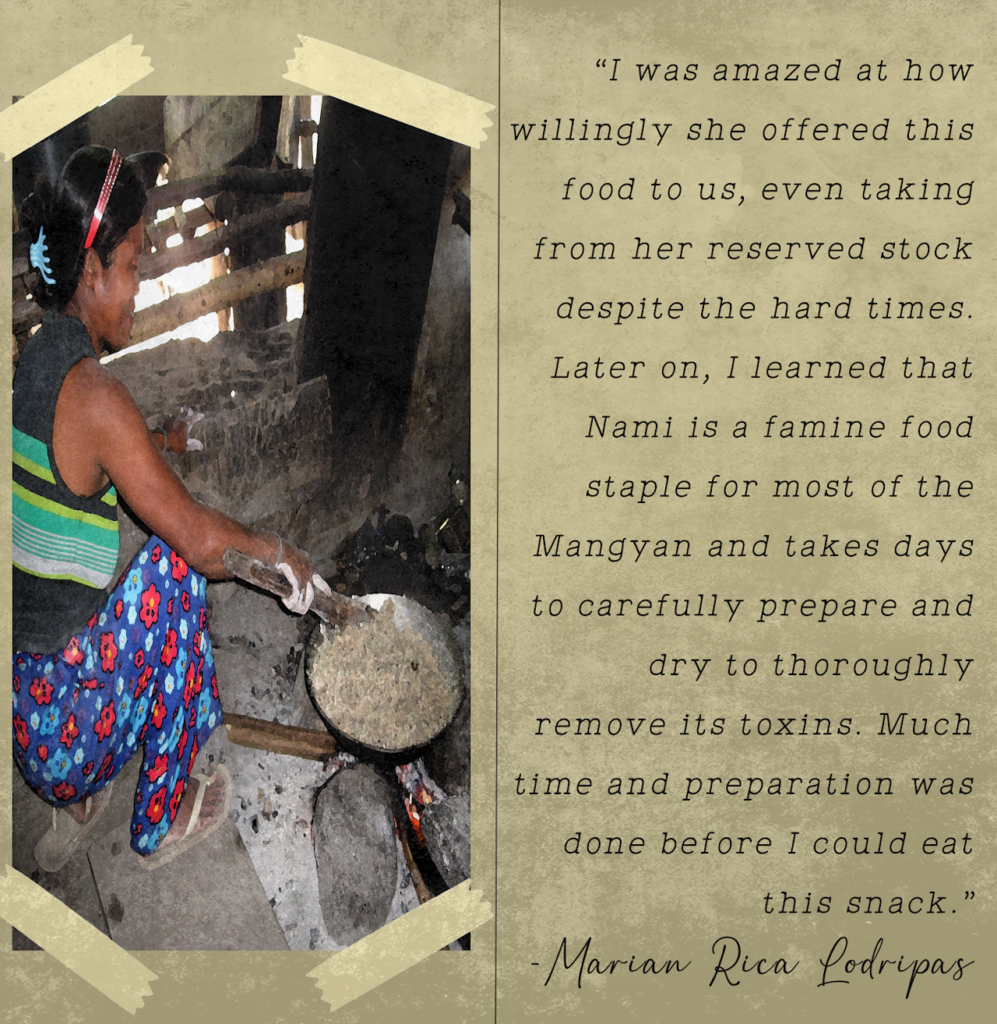Read these stories and reflections about wild foods, biodiversity and livelihoods from indigenous people, local communities, support groups and other organizations working with sustainability from South and Southeast Asia.
These wild food stories are part of our online campaign aiming to build awareness about the value of wild foods and forests for food security and livelihoods. We believe that amplifying various voices from the forests of Asia will help to engage the general public and support the development of food security policies that are rooted in local and traditional knowledge and inclusive collaboration.
